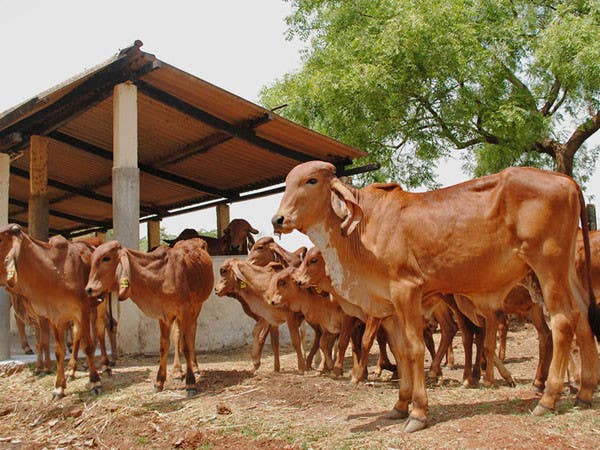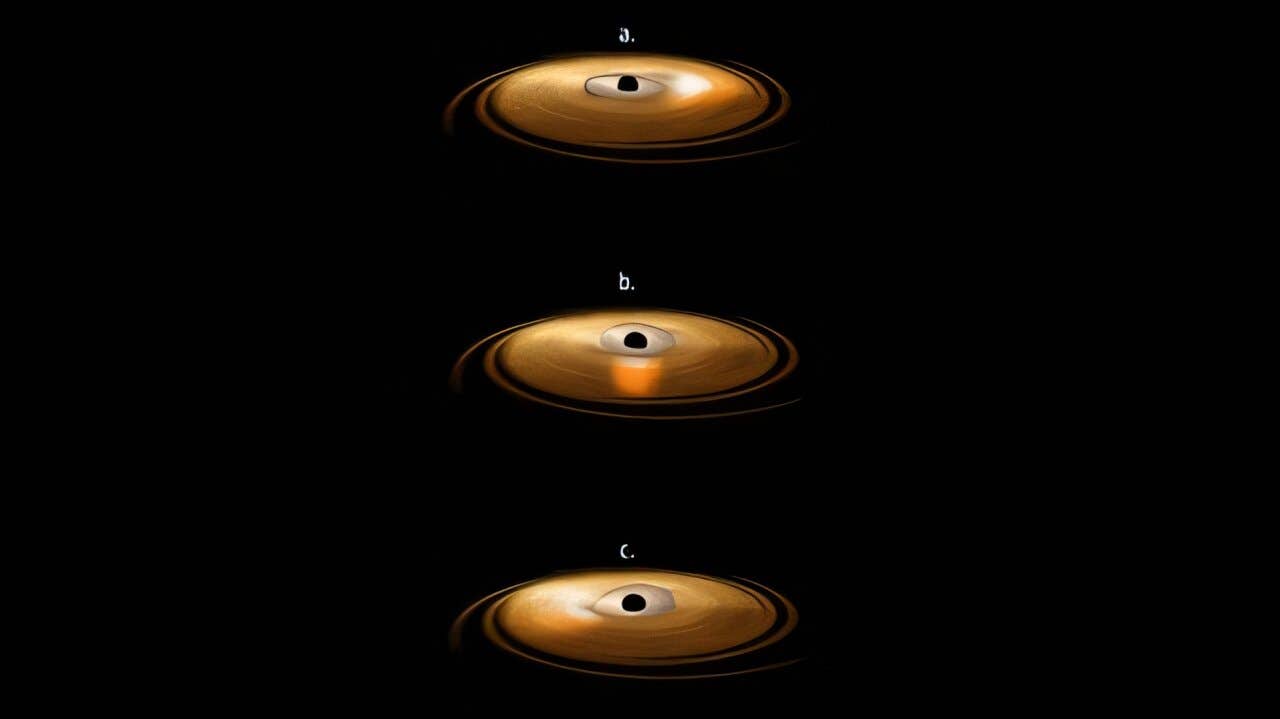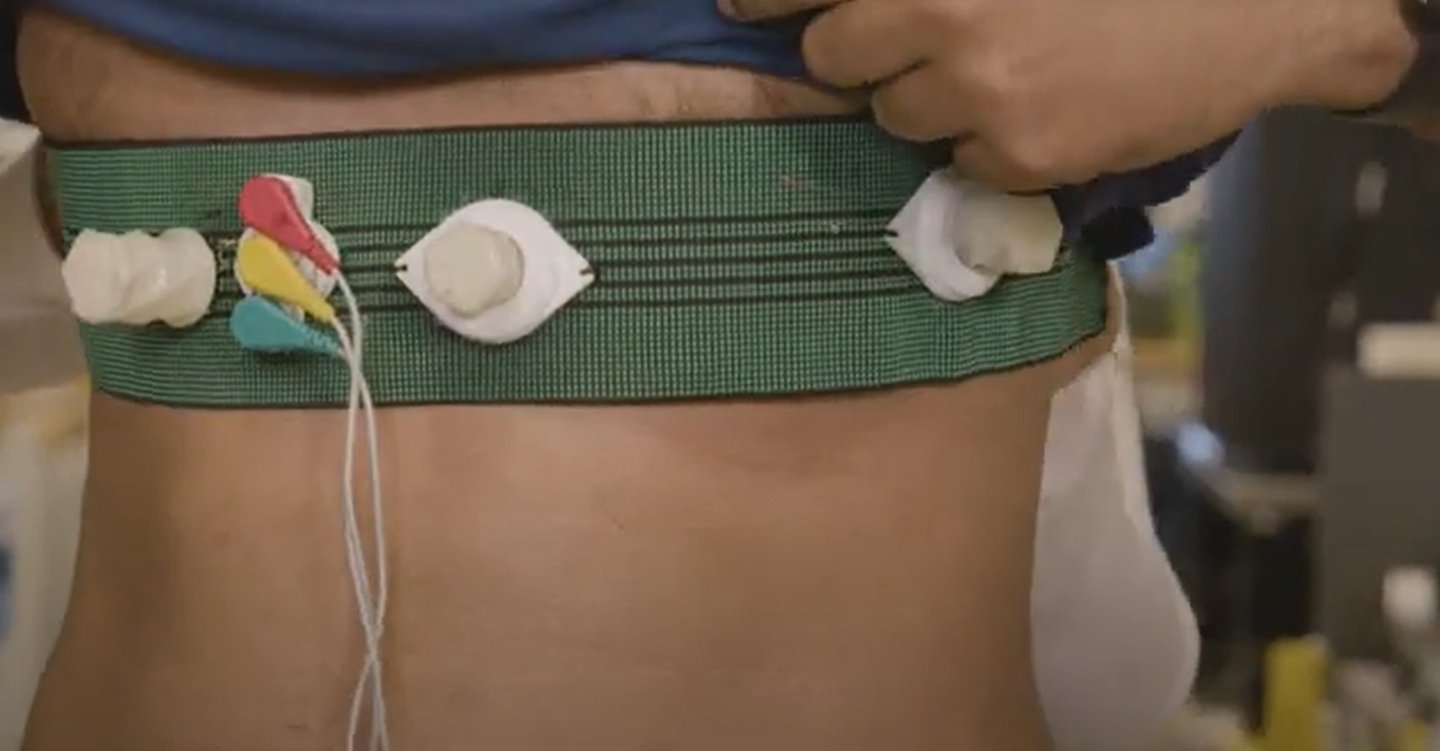Climate-smart cows could deliver 10-20x more milk, study finds
A fusion of genetic excellence, promises to unlock unprecedented milk yields, potentially up to twentyfold of the current average.

[Nov. 5, 2023: Staff Writer, The Brighter Side of News]
A fusion of genetic excellence, promises to unlock unprecedented milk yields, potentially up to twentyfold of the current average. (CREDIT: Creative Commons)
In the lush landscapes of Tanzania, a revolutionary transformation is underway, a metamorphosis of the bovine kind that could catapult subsistence farming into a new era. An adept team of animal scientists from the University of Illinois Urbana-Champaign is at the forefront of this agricultural innovation.
Their groundbreaking work, a fusion of genetic excellence, promises to unlock unprecedented milk yields, potentially up to twentyfold of the current average. Their findings, chronicled in the journal Animal Frontiers, hold the potential to change lives and livelihoods across the Tanzanian plains.
The Genetic Game Changer
At the helm of this extraordinary venture is Matt Wheeler, a visionary professor from the Department of Animal Sciences within the College of Agricultural, Consumer, and Environmental Sciences (ACES) at Illinois. Wheeler's team has meticulously engineered a lineage of cattle that merges the best of both worlds: the legendary milk-producing capabilities of Holsteins and Jerseys with the hardy resilience of Gyrs, cattle indigenous to the tropics known for their fortitude against heat, drought, and disease.
Related Stories
Five generations of selective breeding have culminated in a breed capable of producing an impressive 10 liters of milk each day under typical Tanzanian pastoral care. This figure starkly contrasts with the modest half-liter daily yield of local cattle breeds. The first calves, conceived in the United States, represent the dawn of a new era for Tanzanian farmers.
Wheeler passionately elucidates the vision behind this initiative: "High-yielding Girolandos — Holstein-Gyr crosses — are common in Brazil, but because of endemic diseases there, those cattle can’t be exported to most other countries. We wanted to develop a high health-status herd in the U.S. so we could export their genetics anywhere in the world.”
The plan is ambitious: to implant 100 half-blood Holstein-Gyr or Jersey-Gyr embryos into Tanzanian cattle come March. These nascent beings will be the foundation of a lineage, "pure synthetics," meticulously bred over successive generations to secure a genetic ratio of five-eighths Holstein or Jersey to three-eighths Gyr.
These pure synthetics are a testament to perseverance and precision. Once established, their genetic composition remains steadfast, a consistency vital for the breed's longevity and effectiveness. "The whole idea is to keep the disease and pest resistance linked together with the milk production so that as you breed, those traits don't separate," explains Wheeler. This genetic stronghold, however, must withstand the local temptation to breed with less genetically optimized local bulls, a challenge that the developing world knows all too well.
Beyond Genetics: A Commitment to Education and Cultural Integration
The significance of Wheeler's work transcends genetic engineering. Together with coauthor Moses Ole-Neselle from the Food and Agriculture Organization of the United Nations (FAO), the team is invested in the holistic success of this project. Their commitment is evidenced by their proactive approach to education; they conducted an inaugural online course on bovine assisted reproduction technology for 12 Tanzanian participants last summer. This educational thrust is a strategic move to acclimatize local veterinarians and students to the technology before its implementation.
Representation of B. taurus (taurine) and B. indicus (indicine) cattle. Associated to their corresponding climatic and geographic regions of origin and traits of interest for tropical-adapted cattle crossbreeding. Background map courtesy of https://ian.macky.net/pat/license.html.
"The Tanzanian government wants this training and student exchanges. We’re going to continue investing in this program for as long as it takes,” Wheeler asserts, showcasing the project's collaborative ethos and long-term vision.
Understanding and integrating into the local cultural fabric is an aspect Wheeler holds in high regard. Insights from collaborators at the Tanzania Livestock Research Institute and Teresa Barnes, director of the Center for African Studies at Illinois, have already influenced the project's trajectory. Cultural preferences of the Maasai, for instance, have prompted a pivot from initially larger, black Holstein crosses to smaller, red Jerseys, a decision that Wheeler believes will foster better acceptance among local herdsmen.
Pictures of a native cattle breed in Northern Tanzania, representing the impact of the season (Panel A—dry season body condition, Panel B—rainy season body condition) on the body conditions of these animals. (CREDIT: Crystal Allen and Moeses Ole-Neselle)
The transition to high-yield dairy farming is not without its obstacles. Wheeler points out that Maasai herders, traditionally nomadic, may have to modify cattle management practices to maximize the genetic potential for milk production. The extensive daily grazing ranges could detract from the energy cows have available for lactation.
Yet, the broader implications of Wheeler's work hint at an agricultural paradigm more resilient to the whims of climate change — a subject at the core of the special issue of Animal Frontiers featuring this pioneering research. While the immediate goal is to bolster food security in the Global South, the very regions most vulnerable to climate change, Wheeler envisions this genetic technology as a safeguard for cattle across diverse geographies, including the United States.
Herd developed in the southeastern United States using commercial recipient cows (accessible and of no genetic interest for the project), allowing the transfer of IVF embryos for the fastest production of genetically superior lineages. (CREDIT: Marcello Rubessa and Sarah Womack)
“These cattle would work very well in Mexico, Texas, New Mexico, and California. Maybe it's time to start thinking about that now,” Wheeler suggests, his foresight extending to the adaptation of cattle to evolving environmental conditions. His prediction is clear: The integration of tropical genetics into high-yield breeds is not just a boon for today but a necessary strategic asset for tomorrow's agriculture.
A Vision for the Future
As this project unfolds in Tanzania, its promise stretches far beyond the present. It's an initiative that could redefine what's possible in subsistence farming and animal husbandry. With its blend of scientific innovation, educational outreach, and cultural sensitivity, the work of Wheeler and his team is not just about crafting a new breed of cattle. It's about sowing the seeds for a future where food security, local customs, and environmental sustainability can flourish together.
Herd of quarter-Holstein, three-quarter-Gyr cattle. (CREDIT: University of Illinois at Urbana-Champaign)
In embracing the holistic nature of this challenge, the University of Illinois team stands at the precipice of change, ready to offer the world not just a new breed of cattle but a blueprint for progress in the face of our planet's greatest trials. It's a story of science and spirit, intellect and insight, coming together in the heart of Tanzania, with reverberations that could echo through the annals of agricultural history.
Wheeler's closing thoughts resonate with the gravity and hope of their endeavor: "People don't usually think that far ahead, but my prediction is that people are going to look back and realize having tropical genetics earlier would have been a good thing.”
With this endeavor, we witness not just a scientific breakthrough but the unfolding of a narrative that intertwines the threads of innovation, adaptation, and the age-old human quest for a better life. This is not just the story of cattle; it's the chronicle of humanity's ceaseless march toward a future where technology and tradition coalesce for the greater good.
For more science and technology news stories check out our New Innovations section at The Brighter Side of News.
Note: Materials provided above by The Brighter Side of News. Content may be edited for style and length.
Like these kind of feel good stories? Get the Brighter Side of News' newsletter.



